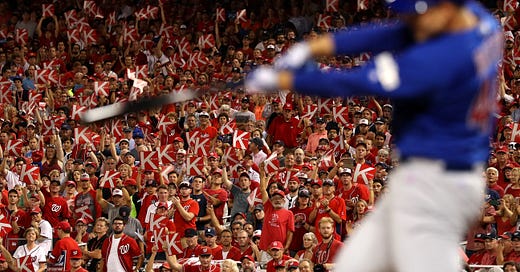The most excellent Tom Verducci just wrote a zinger of a piece for Sports Illustrated with the headline: “Baseball’s Greatest Threat Isn’t the Lockout.” I highly recommend that you read all of it. His basic point is something we have talked a lot about here — while the owners and players kick each other over a few hundred million dollars, they are not e…
© 2025 Joe Posnanski
Substack is the home for great culture



